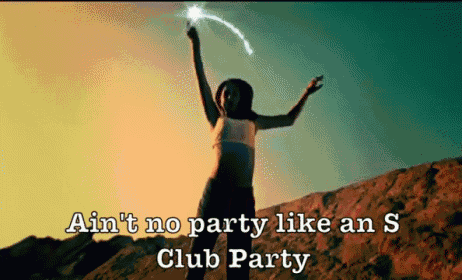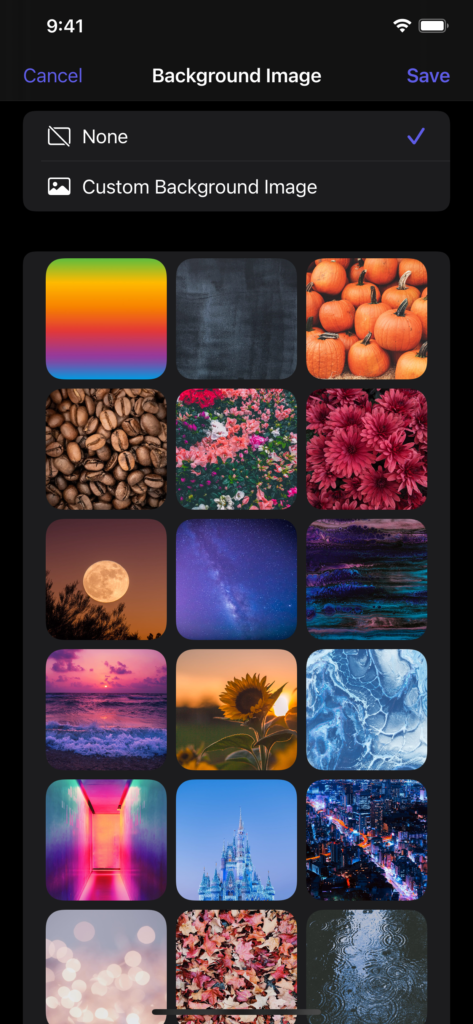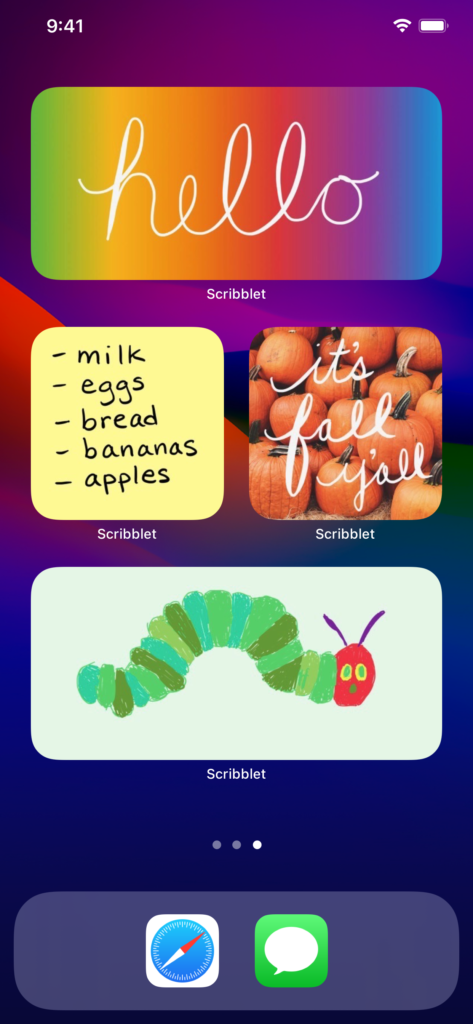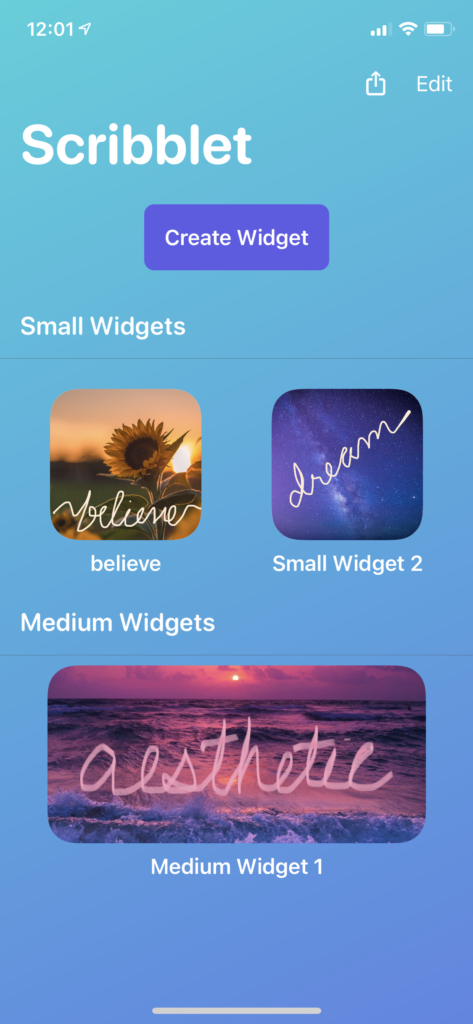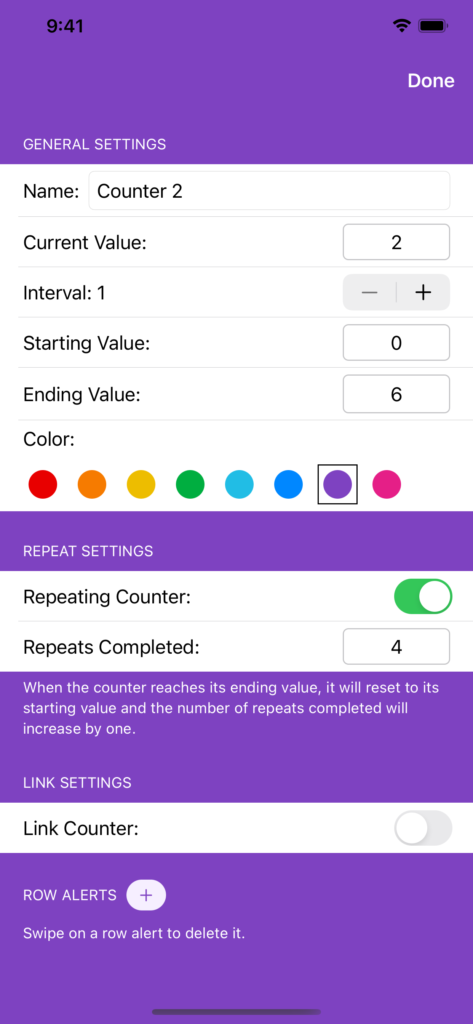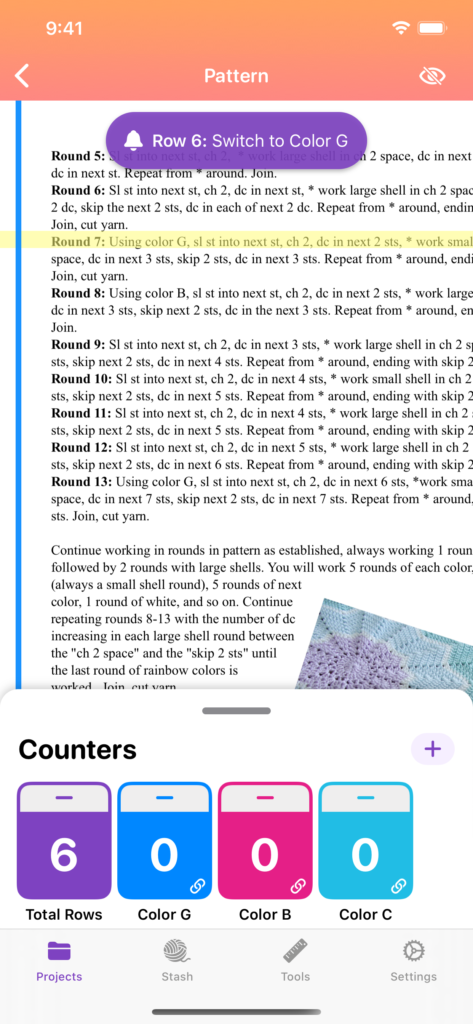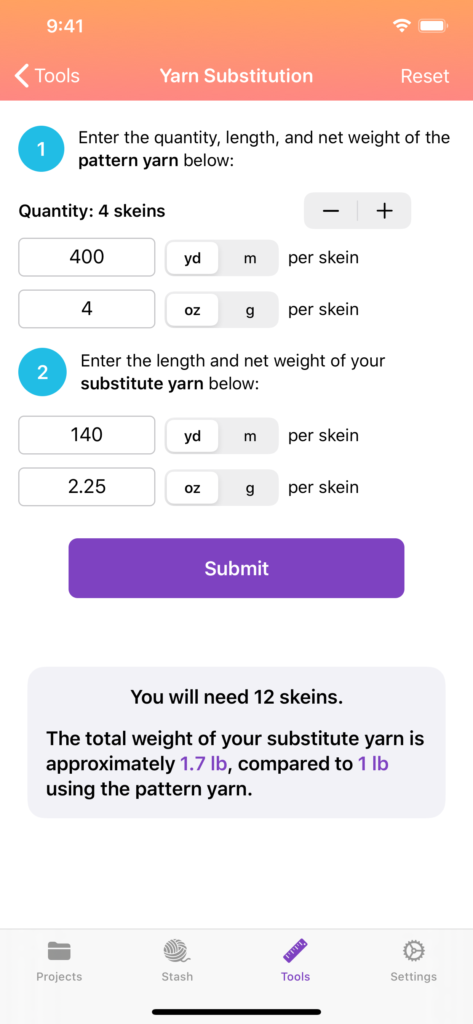About 3 years ago I wrote a post about the very real possibility that my current 2016 13-inch MacBook Pro with Touch Bar could in fact be my last Mac. I paid ~$2600 for it at the time, and two years later purchased an 12.9″ iPad Pro that I absolutely fell in love with. My reasoning then was that this MacBook would likely work just fine through at least 2021, and by that time I could do all of my work on an iPad Pro.
Now, it doesn’t look like Xcode for iPad is coming anytime soon. And while my MacBook Pro does still work fine, there’s a “Service Recommended” warning for its battery, and its infamous butterfly keyboard has lasted so long without breaking that it actually makes me a bit nervous.
As I watched Apple’s “One More Thing” event on Tuesday, I found myself really drawn to the new M1 MacBook Air. Light, portable, quiet, fast. No new design, no fun new colors, but plenty of beefy benchmarks. There’s a part of me that feels like if I want to be a member of the developer community, I should always be interested in the most powerful “pro” machine I can get. With rumors of new 14″ and 16″ MacBook Pros with better displays and even more impressive capabilities, I should just wait, right?
And yet. As I reread my post about gravitating toward iPad, I realized that I really do use my MacBook Pro almost exclusively for running Xcode (and occasionally for messing with the CSS in my WordPress template). When it comes to blogging, or photo editing, or designing icons and graphics in Affinity Designer: I prefer my iPad Pro.
If I trade in my current MacBook Pro, I could get a new MacBook Air with 16GB of RAM and a 1TB hard drive for around $1150. If we subtract that from the price I paid for my computer 4 years ago, that leaves $1449 I could spend on an arguably more compelling new iPad Pro someday AND I’d also have a faster, lighter laptop with better battery life than the one I have now (albeit with fewer ports).
Additionally, when I think of all of the things “missing” from the new Apple Silicon MacBooks: things like mini-LED displays, FaceID, touch screens, ProMotion, 5G, etc… I mean, that’s basically describing a next-gen iPad Pro, just without macOS.
The last piece of the puzzle is the Touch Bar: the new MacBook Air doesn’t have one. I don’t hate the Touch Bar like many folks do, but I don’t use it too terribly much. I like having emoji handy, but the new Air has a function button for opening up the emoji picker, so I don’t really think I’d miss it.
So then. Since I already tend to be an enthusiastic early adopter (Swift and SwiftUI 1.0, baby!), I think I’ve talked myself into ordering a new MacBook Air, and perhaps upgrading my iPad Pro at some point (maybe next year, maybe 2022). I’m going to wait a bit longer for some reviews to come out before I pull the trigger, but writing this post helped me think through my current situation and decide what I want my future tech setup to be. How about you? Are you going to order a new MacBook or Mac mini, or wait for the higher-end Macs?
